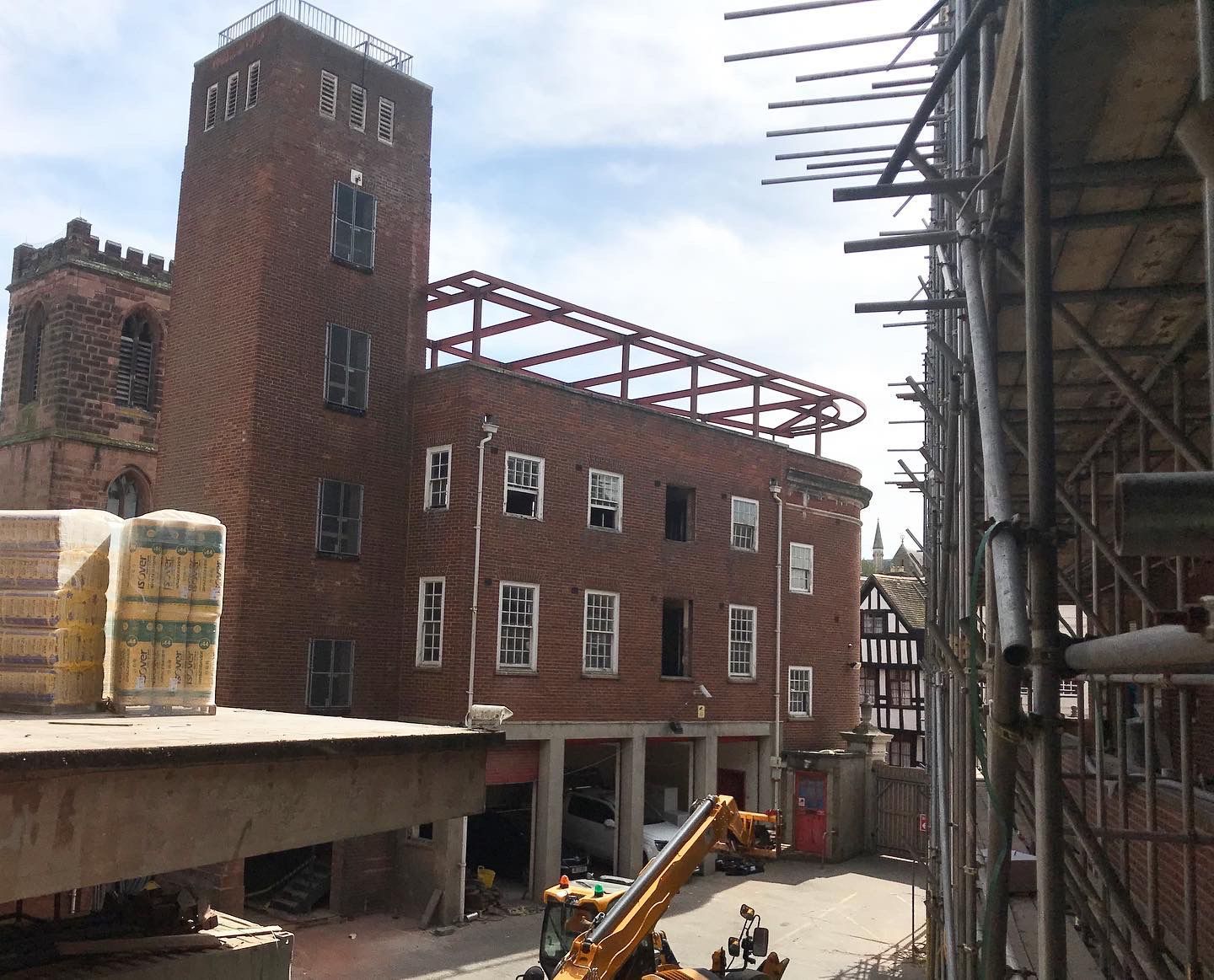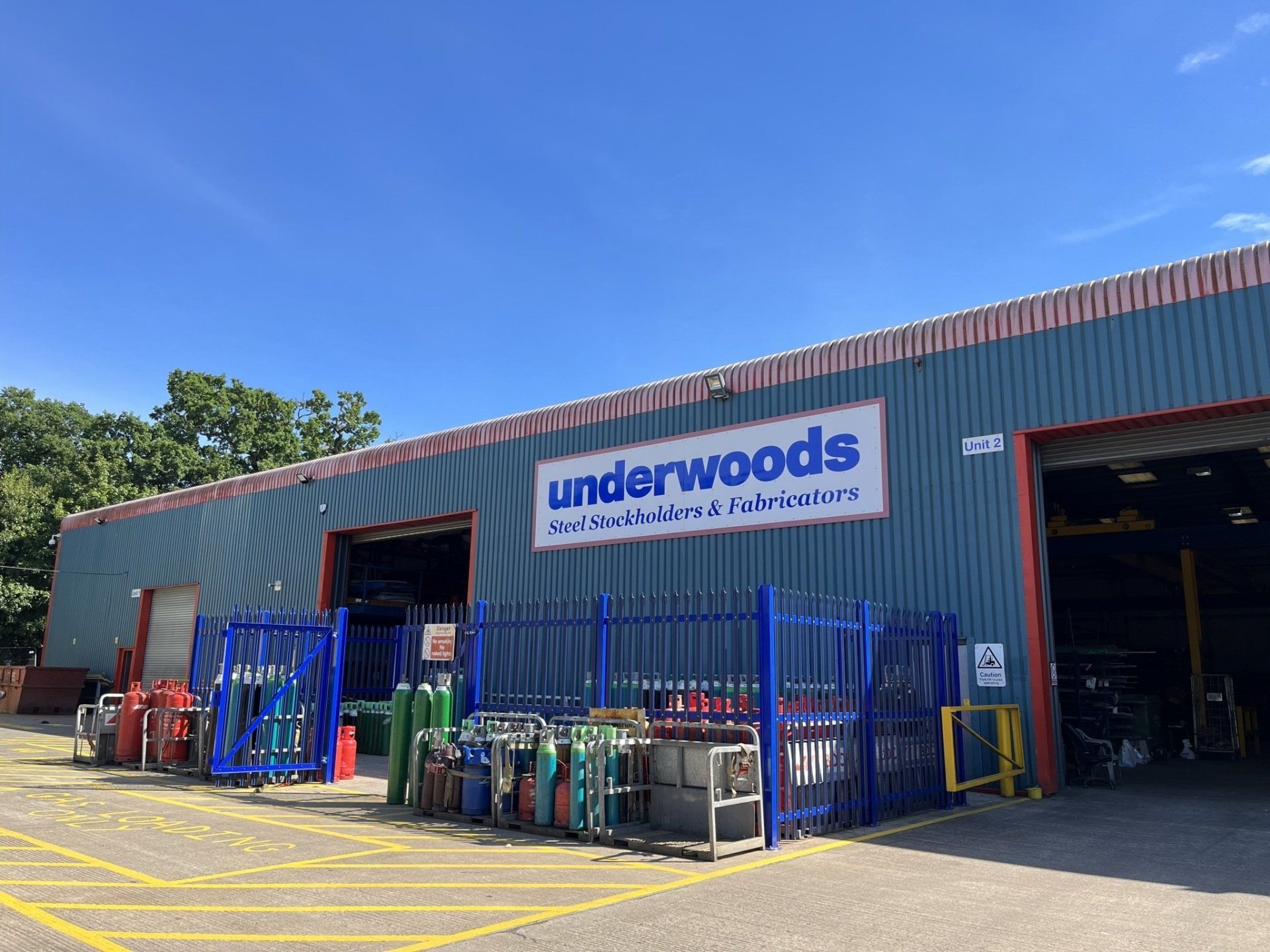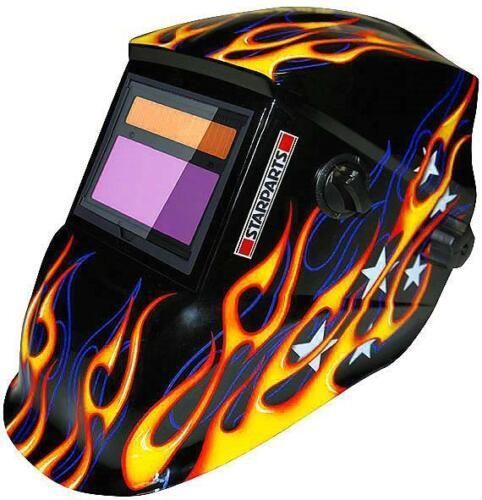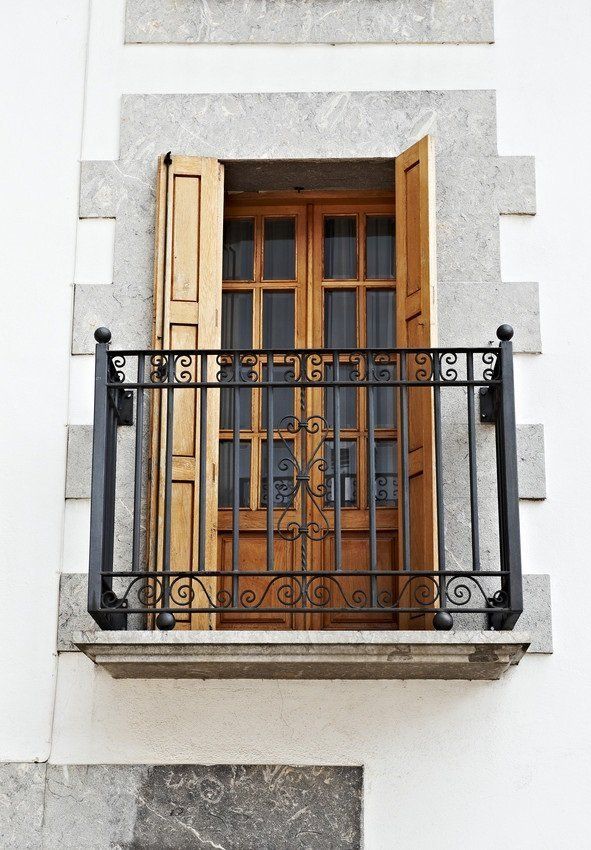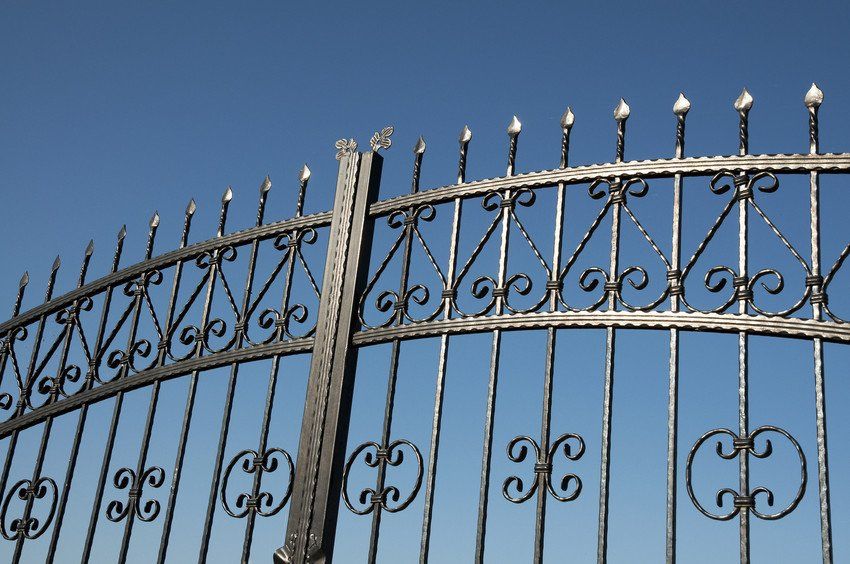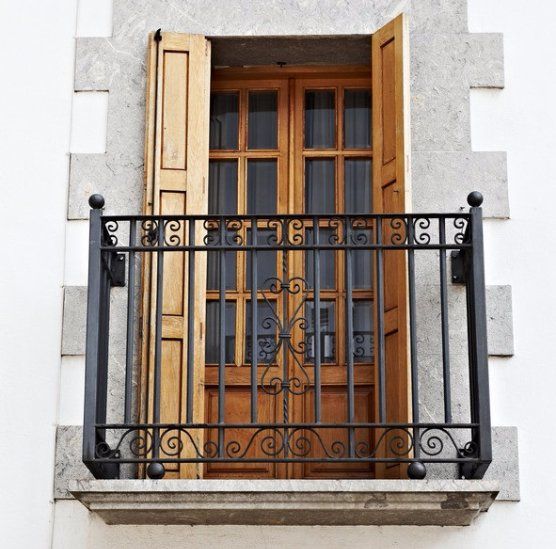How Iron Railings are Made
Underwood Steel • December 24, 2019
Intricate, secure and lovingly crafted, wrought iron railings can be a fantastic addition to anyone’s home. Adding a certain old-world beauty to a property, it’s not unusual to see iron railings outside the front of classical buildings in the more affluent areas of the UK and around the world. Indeed, as wrought iron was so important to Great Britain during the industrial revolution, you can see examples of its craftsmanship up and down the country.
However, while they’re definitely a charming investment, iron railings in particular are becoming less common, with homeowners looking toward cheaper, less malleable options. While these alternatives can save you a few quid, they can never quite emulate the elegance of a beautifully crafted wrought iron railing.
The reason for this is that a surprising amount of work goes into the creation of a new railing and it takes a specialist in the field of metal fabrication to ensure that you receive a stunning finished project. As ironmongery professionals, we’ve worked with countless customers to help create some truly elegant iron additions to their homes and businesses. With this in mind, we decided that we wanted to give our readers a more in-depth look into the process of how raw iron is refined and transformed into your new railings.
Where does iron come from?
Human civilisation has been using iron in one way or another for thousands of years. What is argued to be the earliest use of iron can be seen by the Egyptians, who used meteorites to create iron items in small amounts. The first record of iron being smelted was by the ancient Hittite culture who resided in what is now modern day Turkey. This innovation helped the Hittites gain substantial power in the region and kickstarted the beginnings of the iron age.
However, we don’t have to wait for a meteorite to strike in order to make the most of iron, as the material is the most abundant of all metals and makes up a significant amount of the earth’s crust.This element is so common, it is even an essential component when it comes to oxygenating our blood.
Found as iron ore, which is a mixture of pure iron and rocks, sand and clay, it is usually dug up through a process known as open-pit mining. By stripping back stratas of the earth, sometimes delving over a half a mile deep, miners use heavy machinery to access the veins of iron ore that are hidden beneath.
The refining process
Once the iron ore has been extracted from the ground, it will need to be refined from its natural form. This requires the ore to be crushed and then sorted into various grades.
The best grades of ore should contain at least 60% iron, while the lower grades require further refining methods collectively known as beneficiation. This will result in high-quality ore powder which can then be used.
The manufacturing process
After the iron has been refined and processed, the ore is blended together to then be inserted into a blast furnace. This tower-like structure is where the ore is melted down via multiple reactions. As the ore enters the top of the furnace, extremely hot air is blown into the bottom. This hot air reacts with a material known as coke, which burns in the presence of hot air, creating carbon dioxide. The carbon dioxide then reacts with the ore finishing the process with pure iron.
The molten iron reaches the bottom of the furnace where it is combined with limestone. This pulls any excess rock or other impurities out of the iron and, due to the fact it is much lighter than the iron, then floats to the top of the molten mixture. The substance floating at the top is known as slag and is extracted leaving the iron, which is then cast into ingots known as ‘pigs’.
Wrought iron vs. cast iron
Although iron ore is the same when it’s extracted from the earth, there are a variety of ways it can be modified and mixed in order for it to be useful for a variety of different purposes. For example, steel is created when raw iron is alloyed with carbon, making it much stronger as a result. However, as we’re looking at the process of iron railing design, it’s important to understand why wrought iron is used.
It isn’t uncommon for the terms cast and wrought iron to be used interchangeably, however, this would be incorrect as the two types offer very different benefits. The word ‘wrought’ means to be worked upon and moulded, which is exactly what makes wrought iron so beneficial.
While cast iron is melted and left to cool in a mold, making it especially strong but highly brittle, wrought iron is heated in a forge and then fashioned into a desired shape, making it much more malleable than its cast iron counterparts.
While both types of iron have their strengths and weaknesses, wrought iron is especially useful when making the beautiful, intricate designs that go into creating a quality railing. The more times that wrought iron is shaped, the stronger it becomes and, thanks to its malleable nature and high tensile strength, it acts as the perfect material for something as intricate as a gate or railing.
Creating a wrought iron railing
When we use the term ‘wrought’ we mean it pretty literally when it comes to creating a new iron product. By consistently hitting and shaping the iron when hot, iron workers are effectively beating out the impurities in the iron, to the point that you can literally see the excess slag oozing out of the iron as it’s worked. It is this process that gives wrought iron its fibrous appearance and structure.
As it makes more sense to describe the process as crafting rather than manufacturing, wrought iron work takes much longer and requires the skills of a highly-trained blacksmith
in order to create a great looking finished product. It’s for this reason that wrought iron products can be more expensive than other, less artistic options, however, you can be sure that upon enlisting the help of a specialist, you will receive a one of a kind investment at the end.
Wrought iron maintenance
Unfortunately, like all iron-based metals, your wrought iron railings and gates are susceptible to rust if not properly looked after and while it’ll last for longer than you’d think, proper maintenance is essential to keep your wrought iron gates and railings looking great.
For starters, regular cleaning can help to clear away any excess dirt and grime that can build up on the surface of your railing. This job is relatively easy, simply take a scrubbing brush, soap and warm water and gently clean away any irritating grime.
You’ll also at times need to re-touch the paintwork on your wrought iron railings, as this one of the main defences against rust. For the best results, use a rust-proofing primer on bare metal followed by at least two coats of enamel paint. For the more intricate components of your gate or railing, consider using spray
paint to ensure maximum coverage.
For beautifully crafted metal railings, get in touch with Underwood Steel today
A wrought iron gate or railing can be a stunning addition to any home or business premises. However, it’s essential to enlist the help of an industry professional to ensure the end result is something you're completely happy with.
At Underwoods Steel, our team of blacksmithing specialists are on hand to help create the perfect wrought iron railing for your premises. With years of experience in crafting gorgeous iron-wrought products, you can rest assured that we'll be able to help.
If you would like to learn more about how Underwood Steel can help you, give us a call on 01905 459400 or visit our website
for more information.

